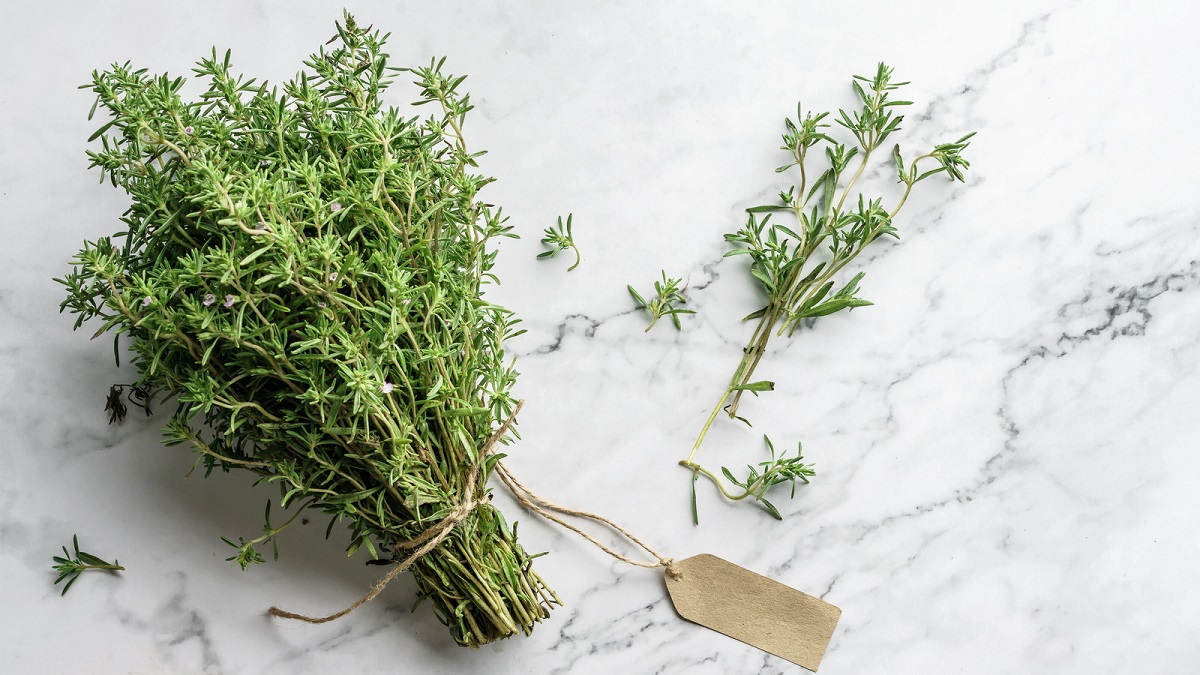

Articles
How To Store Thyme
Modified: April 22, 2024
Discover the best way to store thyme with our informative articles. Learn how to preserve the flavor and freshness of this versatile herb for extended use.
(Many of the links in this article redirect to a specific reviewed product. Your purchase of these products through affiliate links helps to generate commission for Storables.com, at no extra cost. Learn more)
Introduction
Thyme is an aromatic herb with a distinct taste and fragrance that is widely used in cooking and herbal remedies. It adds a delightful flavor to various dishes like soups, stews, and roasted vegetables, making it a staple in many kitchens. However, like any fresh herb, thyme has a limited shelf life. To prevent it from wilting, losing its flavor, and becoming unusable, proper storage is essential.
Properly storing thyme not only helps to preserve its freshness but also ensures that you have access to this flavorful herb whenever you need it. Whether you have an abundant supply from your garden or bought a fresh bunch from the market, understanding the best storage methods for thyme will help you extend its lifespan and maintain its flavor for longer periods.
In this article, we will explore different storage options for thyme, including refrigeration, freezing, and drying. We will also provide tips on how to choose the right container, prepare thyme for storage, and maintain its freshness over time. Let’s dive in and unravel the secrets to storing thyme effectively.
Key Takeaways:
- Properly storing thyme is crucial for maintaining its freshness, flavor, and medicinal properties, ensuring you have access to this versatile herb whenever you need it.
- Choosing the right container, preparing thyme correctly, and selecting the appropriate storage method are essential for extending the lifespan of this aromatic herb and enjoying its benefits for longer periods.
Read more: How To Store Rosemary And Thyme
Importance of Properly Storing Thyme
Properly storing thyme is crucial for maintaining its flavor, aroma, and medicinal properties. When thyme is not stored correctly, it can quickly lose its potency and become less flavorful, making it less effective in culinary uses and herbal remedies.
Here are a few key reasons why proper storage is important for thyme:
- Freshness: Fresh thyme has a vibrant green color and a robust aroma. By storing thyme properly, you can preserve its freshness and ensure that it remains fragrant, bright, and appealing for an extended period.
- Flavor: Thyme carries a distinct flavor profile that adds depth and complexity to dishes. Proper storage prevents the herb from losing its flavor, allowing you to enjoy its full taste when cooking.
- Medicinal properties: Thyme is known for its various health benefits, including its antibacterial and antifungal properties. By storing thyme properly, you can preserve its medicinal qualities, ensuring that it remains potent for herbal uses.
- Cost savings: When you have an abundant supply of fresh thyme, proper storage techniques can help prolong its shelf life. This prevents wastage, allowing you to use the herb over an extended period instead of having to buy fresh thyme repeatedly.
By understanding and implementing the proper storage methods for thyme, you can maximize its lifespan and maintain its quality, resulting in better-tasting dishes and effective herbal remedies.
Choosing the Right Container
Choosing the right container is essential for maintaining the freshness and flavor of thyme during storage. The container you select should provide proper airflow, protection from light, and prevent moisture from building up.
Here are some factors to consider when choosing a container for storing thyme:
- Airtightness: Select a container that can be sealed tightly to prevent air from entering. This helps slow down the oxidation process and preserve the herb’s flavor and aroma.
- Material: Opt for a container made of glass or ceramic, as these materials do not react with thyme and are less likely to transfer any unwanted flavors or odors.
- Size: Choose a container that accommodates the amount of thyme you plan to store. Leaving excess air space in the container can lead to faster deterioration.
- Transparency: Consider using an opaque or dark-colored container to protect thyme from light exposure, as light can accelerate the loss of essential oils and flavor.
- Breathability: Ensure that the container allows some airflow. Avoid using completely airtight containers, as this can trap moisture and encourage mold growth.
One option that meets all these criteria is a glass jar with a tight-fitting lid, such as a mason jar. Glass jars are non-reactive, provide good visibility, and can be easily sealed. Make sure to clean the container thoroughly before storing thyme to eliminate any residual odors or contaminants that may affect its quality.
By selecting the right container, you can create an ideal storage environment for thyme, preserving its freshness and ensuring it remains usable for an extended period.
Preparing Thyme for Storage
Before storing thyme, it is important to properly prepare the herb to ensure optimum freshness and longevity. Here are some steps to follow when preparing thyme for storage:
1. Inspect and Clean: Start by inspecting the thyme sprigs and removing any discolored or wilted leaves. Discard any damaged or rotten parts. Rinse the remaining sprigs gently under cold water to remove any dirt or debris. Pat them dry using a clean kitchen towel or paper towels.
2. Remove Excess Moisture: Excess moisture can cause the thyme to become moldy during storage. After rinsing, make sure to remove as much moisture as possible. Allow the thyme sprigs to air dry for a few minutes or use a salad spinner to spin out the excess water.
3. Trim the Stems: Trim the bottom of the thyme sprigs, removing any woody or tough stems. This will help enhance the overall flavor and facilitate proper storage.
4. Leave the Leaves Attached: Keep the leaves intact on the stems during storage. This helps retain the flavor and aroma of the herb. If desired, you can gently strip some of the leaves from the stems before using them in recipes.
5. Optional: Blanche and Shock Method: For certain storage methods like freezing, you can blanche and shock the thyme sprigs. To do this, briefly immerse the sprigs in boiling water for about 10 seconds and then transfer them to an ice water bath. This process helps preserve the color, flavor, and texture of the herb.
By properly preparing thyme for storage, you can ensure that it remains in optimal condition and retains its flavor and freshness for a prolonged period. Taking the time to follow these steps will contribute to the longevity of your thyme and enhance the culinary and medicinal value of the herb.
Storage Options
When it comes to storing thyme, there are several options to choose from. The best storage method depends on your preferences and how you plan to use the herb in the future. Here are some common storage options for thyme:
1. Refrigeration: Storing thyme in the refrigerator is a popular method to extend its shelf life. Place the thyme sprigs in a damp paper towel or wrap them loosely in a damp cloth. Then, store them in a resealable plastic bag or an airtight container. Place the container in the refrigerator’s vegetable crisper drawer. This method can help thyme stay fresh for up to two weeks.
2. Freezing: Freezing is an excellent option if you want to preserve thyme for an extended period. To freeze thyme, you have a few choices. One method is to place the whole sprigs in freezer-safe bags or containers. Another option is to chop the leaves and freeze them in ice cube trays with a little water or oil. Once frozen, transfer the thyme cubes to a freezer bag. Frozen thyme can stay fresh for several months.
3. Drying: Drying thyme is a traditional method of preserving herbs. Hang the thyme sprigs in small bunches upside down in a well-ventilated area. Make sure to protect the herbs from direct sunlight. Once the leaves are completely dry and crumble easily, remove them from the stems and store them in an airtight container. Dried thyme can retain its flavor for up to a year.
4. Herb Butter: Another creative storage option is making herb butter infused with thyme. Finely chop fresh thyme leaves and mix them into softened butter. Form the mixture into a log or scoop it into an airtight container. You can use the herb butter as needed to enhance the flavor of various dishes. Store it in the refrigerator for up to two weeks or freeze for longer shelf life.
5. Herb Oil: Similar to herb butter, you can also make herb-infused oil with thyme. Combine fresh thyme leaves with olive oil in a sterilized jar. Allow the flavors to infuse for a few weeks, shaking the jar occasionally. Strain the oil and transfer it to a dark-colored, airtight bottle. Store it in a cool, dark place and use it within a few months.
Choose the storage option that best suits your needs and preferences. Whether you refrigerate, freeze, dry, or create herb-infused products, these methods will help you preserve the flavor and freshness of thyme for future use in your culinary creations.
Store fresh thyme by wrapping it in a damp paper towel, placing it in a plastic bag, and storing it in the refrigerator. Dry thyme can be stored in an airtight container in a cool, dark place.
Read more: How To Store Dried Thyme
Refrigeration Method
Refrigeration is one of the most common and convenient methods for storing thyme. By following a few simple steps, you can keep the herb fresh and usable for a longer period in the refrigerator.
Here’s how to store thyme using the refrigeration method:
1. Prepare the Thyme: Clean and dry the thyme sprigs as mentioned earlier in the article. Trim any woody stems and remove any discolored or wilted leaves from the sprigs.
2. Create Moisture: Thyme benefits from a little bit of moisture during storage to prevent wilting and drying out. Dampen a paper towel or cloth and squeeze out any excess water. The towel should be damp, not soaking wet.
3. Wrap the Thyme: Place the prepared thyme sprigs on the damp paper towel or cloth. Gently wrap the towel or cloth around the thyme, ensuring all the sprigs are covered. This helps retain moisture and keep the thyme fresh.
4. Store in a Container: Place the wrapped thyme in a resealable plastic bag or an airtight container to protect it from fridge odors and prevent moisture loss. Alternatively, you can use a glass jar with a tight-fitting lid. Label the container with the date to monitor freshness.
5. Refrigerator Placement: Store the thyme in the vegetable crisper drawer of your refrigerator. This drawer provides optimal humidity levels and isolation from other food items. Make sure the temperature is set to around 40°F (4°C) for best results.
6. Check and Replace: Periodically check the thyme for any signs of wilting or decay. If you notice any spoiled sprigs, remove them immediately to prevent spoilage from spreading to the rest of the batch. Replace the damp paper towel or cloth if it becomes dry.
By following these steps, you can store fresh thyme in the refrigerator for up to two weeks. Remember that while refrigeration helps prolong the lifespan of thyme, it is still best to use it as soon as possible to enjoy its optimal flavor and aroma.
Freezing Method
Freezing is an excellent method for storing thyme if you want to preserve it for a longer period. The freezing method allows you to have access to fresh thyme even when it’s out of season. Here’s how you can freeze thyme:
1. Prepare the Thyme: Start by cleaning the thyme sprigs and removing any damaged or discolored leaves. Rinse them gently under cold water and pat them dry using a kitchen towel or paper towels.
2. Choose the Freezing Method: There are a few different freezing methods you can choose from:
a. Whole Sprigs: Place the clean and dry thyme sprigs in a freezer-safe bag or container. Seal the bag tightly, removing as much air as possible. Label the bag with the date and place it in the freezer. This method is ideal if you want to use the thyme sprigs in soups, stews, or roasts directly from the freezer.
b. Chopped Leaves: Strip the leaves from the thyme sprigs and chop them finely. Fill an ice cube tray with the chopped thyme, then add water or olive oil to cover the herbs. Freeze until solid, then transfer the thyme cubes to a freezer bag. This method allows you to portion thyme for use in specific recipes.
3. Protect from Freezer Burn: To protect the thyme from freezer burn and maintain its flavor, it’s essential to use airtight containers or bags. Make sure to remove as much air as possible from the bags before sealing.
4. Label and Date: Label each container or bag with the name and date. Proper labeling ensures you can identify the thyme easily and keep track of its freshness.
5. Freeze and Store: Place the thyme in the freezer and store it at a temperature of 0°F (-18°C) or below. Frozen thyme can maintain its flavor and aroma for several months.
6. Thawing and Usage: When you need to use the frozen thyme, you can either thaw it or use it directly in some recipes. Thaw by placing the frozen thyme in the refrigerator overnight or add it directly to soups, stews, or other cooked dishes without thawing. For recipes that require fresh thyme, let the frozen thyme sit at room temperature for a few minutes before using.
By freezing thyme, you can preserve its flavor and fragrance, making it a convenient option when fresh thyme is not readily available. Whether you choose to freeze whole sprigs or chopped leaves, this method allows you to enjoy the taste of thyme throughout the year.
Drying Method
Drying is a traditional method of preserving herbs, including thyme. Dried thyme retains its flavor and can be easily used in various recipes. Here’s how you can dry thyme:
1. Harvesting: Harvest thyme from your garden or purchase fresh sprigs from the store. It’s best to pick the thyme just before it flowers when the flavor is at its peak.
2. Preparation: Remove any damaged or discolored leaves from the thyme sprigs. Rinse the sprigs under cold water to remove any dirt or debris. Pat them dry using a kitchen towel or paper towels.
3. Hanging Method: Gather the thyme sprigs in small bunches and tie them together with a string or rubber band. Hang the bunches upside down in a dark, well-ventilated area. This could be a pantry, a drying rack, or a dedicated herb-drying area.
4. Avoiding Light: Ensure that the drying area is away from direct sunlight, as exposure to light can degrade the flavor and color of thyme. You can cover the bunches with paper bags punched with holes to protect them from dust while allowing air circulation.
5. Drying Process: Let the thyme sprigs hang and dry for about 1-2 weeks. The drying time can vary based on various factors like humidity and air circulation. The thyme is dry and ready when the leaves crumble easily, and the stems snap instead of bending.
6. Stripping and Storing: Once the thyme is completely dry, remove the leaves from the stems by gently running your fingers down the stems. Crumble the leaves if desired or leave them whole for storage. Discard any remaining woody stems. Store the dried thyme in an airtight container away from light, heat, and moisture.
7. Drying Alternatives: If you prefer a quicker drying method, you can also dry thyme in a food dehydrator or in the oven. Follow the manufacturer’s instructions for the dehydrator or place the thyme sprigs on a baking sheet and dry them in the oven on the lowest setting for a few hours until crispy.
Dried thyme can be used in culinary dishes, marinades, rubs, and herbal teas. Ensure that you label the container with the date to monitor its freshness. Properly dried and stored thyme can maintain its flavor and potency for up to a year, allowing you to enjoy the taste of thyme year-round.
Tips for Maintaining Thyme’s Freshness
To keep thyme as fresh as possible throughout its storage period, it’s important to follow a few tips and tricks. These simple practices will help maintain thyme’s flavor, aroma, and quality for longer. Here are some tips for maintaining thyme’s freshness:
1. Storage Location: Store thyme away from direct sunlight, heat sources, and moisture. Choose a cool, dry place like a pantry or cupboard for dried thyme. For fresh thyme, refrigerate it properly in the vegetable crisper drawer.
2. Handle with Care: Treat thyme gently to prevent bruising or damage to the leaves. Avoid crushing or mashing the leaves excessively, as this can release the essential oils and accelerate spoilage.
3. Check for Spoilage: Regularly inspect the stored thyme for any signs of mold, decay, or off odors. Remove any spoiled sprigs immediately to prevent the spread of spoilage to the rest of the batch.
4. Proper Labeling: Label the storage containers with the date of storage to keep track of thyme’s freshness. This is especially important when freezing or drying thyme, as it helps ensure you use the oldest batches first.
5. Avoid Condensation: Moisture can promote mold growth and spoil thyme quickly. If condensation forms inside the storage container, remove the thyme, dry the container thoroughly, and add a fresh paper towel before returning the herb to the container.
6. Use Proper Portions: When using frozen thyme, only thaw and remove the amount needed for your recipe. Do not refreeze thawed thyme, as this can affect its quality. Similarly, when using dried thyme, add it to your recipe in the recommended quantities to maintain the intended flavor and aroma.
7. Repackage if Needed: If you notice that the originally chosen storage method is not maintaining thyme’s freshness, consider repackaging it using a different method. Repackage and adjust the storage environment to optimize thyme’s shelf life.
8. Quality Check: As time passes, the flavor and potency of dried thyme may gradually diminish. Periodically evaluate the quality of stored thyme to ensure it still meets your expectations. Freshness can vary depending on storage conditions and the overall age of the herb.
By following these tips, you can maximize the freshness and quality of thyme throughout its storage period. Whether you are refrigerating, freezing, or drying thyme, these practices will help ensure that you have flavorful and aromatic thyme for your culinary creations and herbal uses.
Read more: How To Store Thyme And Rosemary
Conclusion
Properly storing thyme is essential for preserving its flavor, fragrance, and medicinal properties. By choosing the right storage container, preparing thyme correctly, and selecting the appropriate storage method, you can extend the lifespan of this versatile herb and enjoy its benefits for longer periods.
Whether you choose to refrigerate, freeze, or dry thyme, each method has its advantages and allows you to use thyme in different ways. Refrigeration is convenient for short-term storage, maintaining the freshness of thyme for up to two weeks. Freezing provides a longer preservation option, allowing you to have access to thyme even when it’s out of season. Drying is a traditional method that concentrates the flavors and allows for convenient use in various culinary dishes.
Remember to choose the right container, provide proper airflow, and protect thyme from light, heat, and moisture. Additionally, handle thyme with care, regularly inspect for spoilage, and use proper portions to maintain its quality. Properly labeled containers and periodically evaluating thyme’s freshness will also help ensure its optimal flavor and potency.
By following the tips and methods outlined in this article, you can confidently store thyme and enjoy its aromatic and flavorful qualities in your culinary endeavors. Whether you’re using it in soups, stews, roasted dishes, or herbal remedies, properly stored thyme will elevate the taste and appeal of your creations.
So, make the most of this versatile herb by implementing proper storage techniques and savor the freshness and flavors of thyme all year round.
Frequently Asked Questions about How To Store Thyme
Was this page helpful?
At Storables.com, we guarantee accurate and reliable information. Our content, validated by Expert Board Contributors, is crafted following stringent Editorial Policies. We're committed to providing you with well-researched, expert-backed insights for all your informational needs.
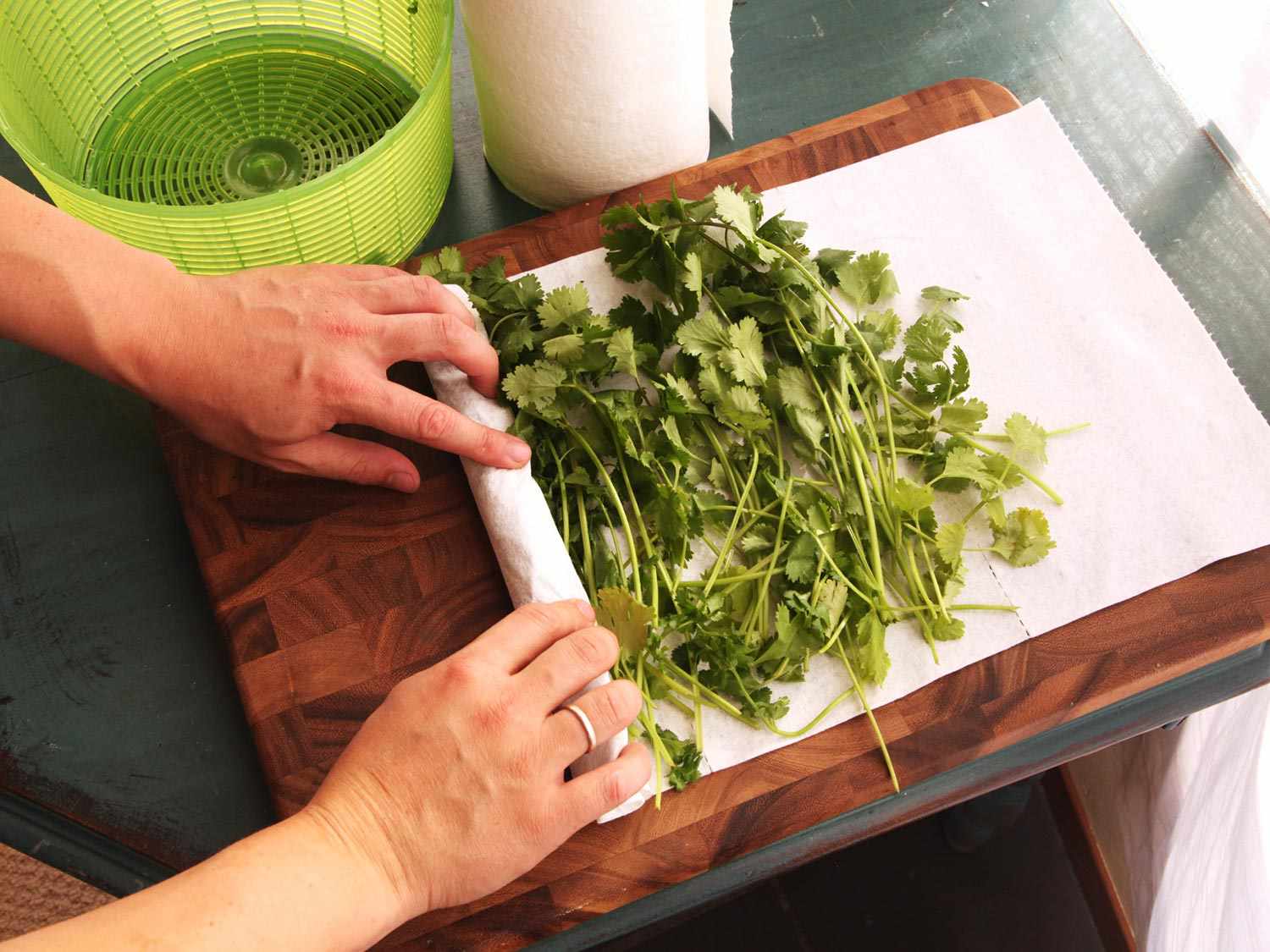
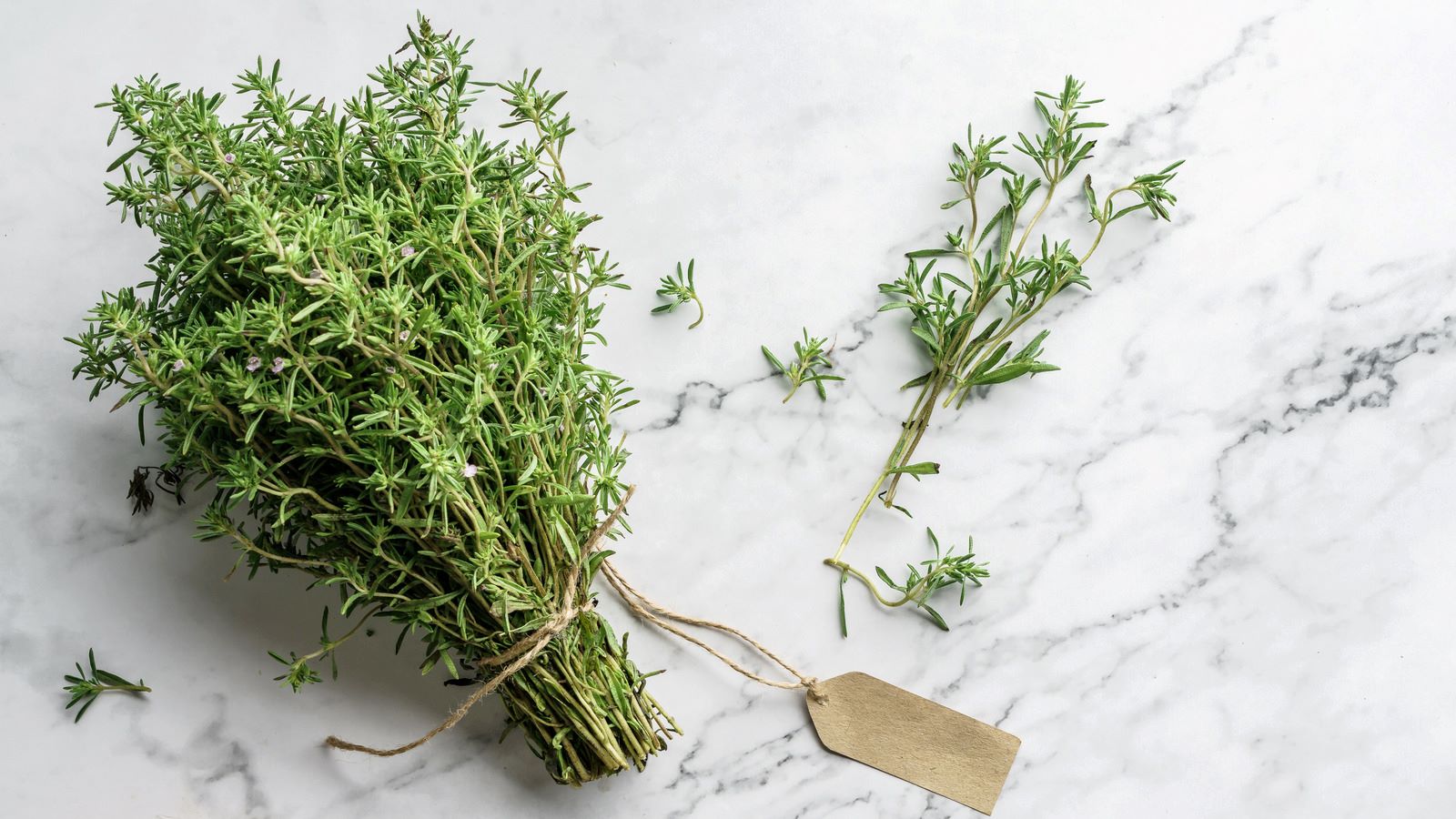
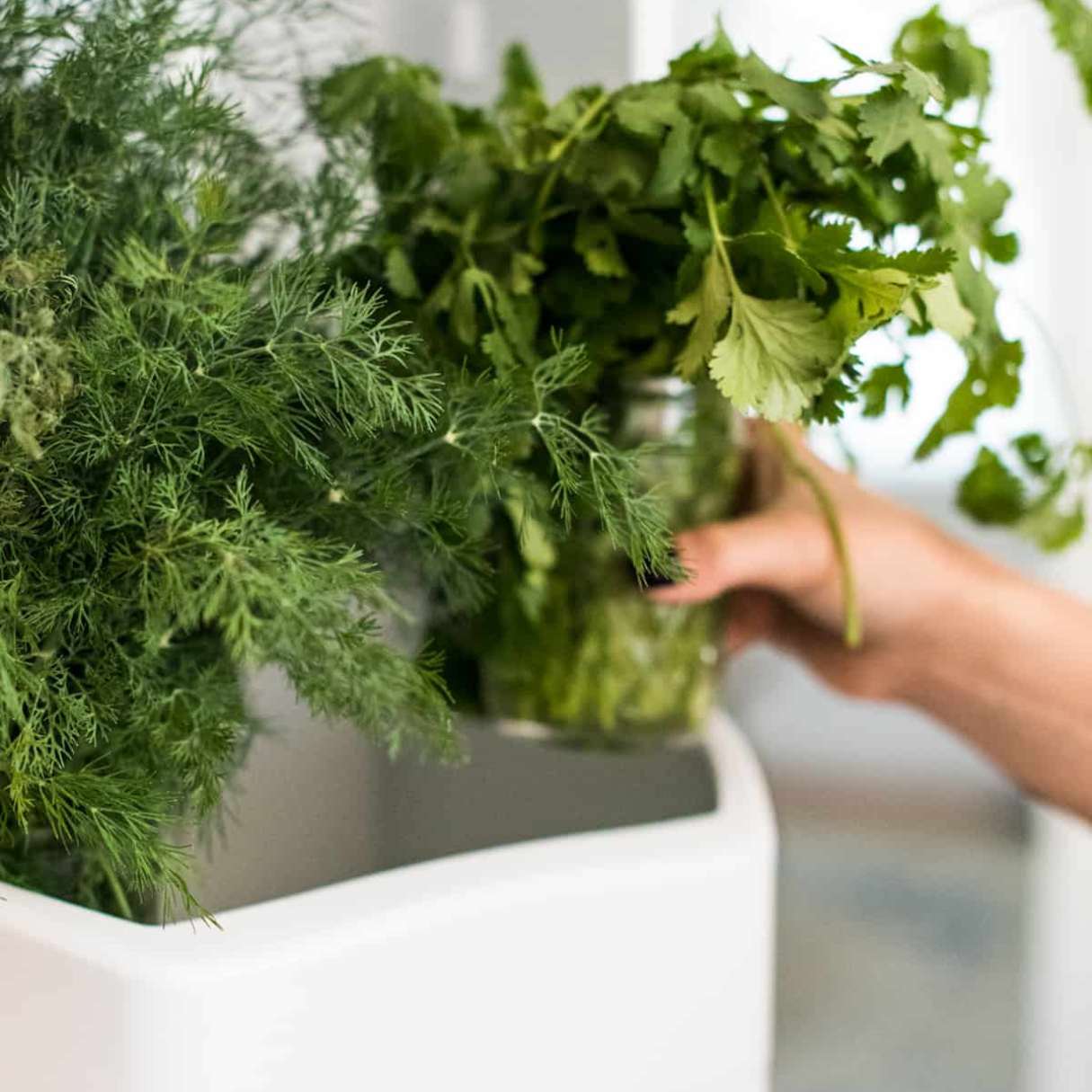
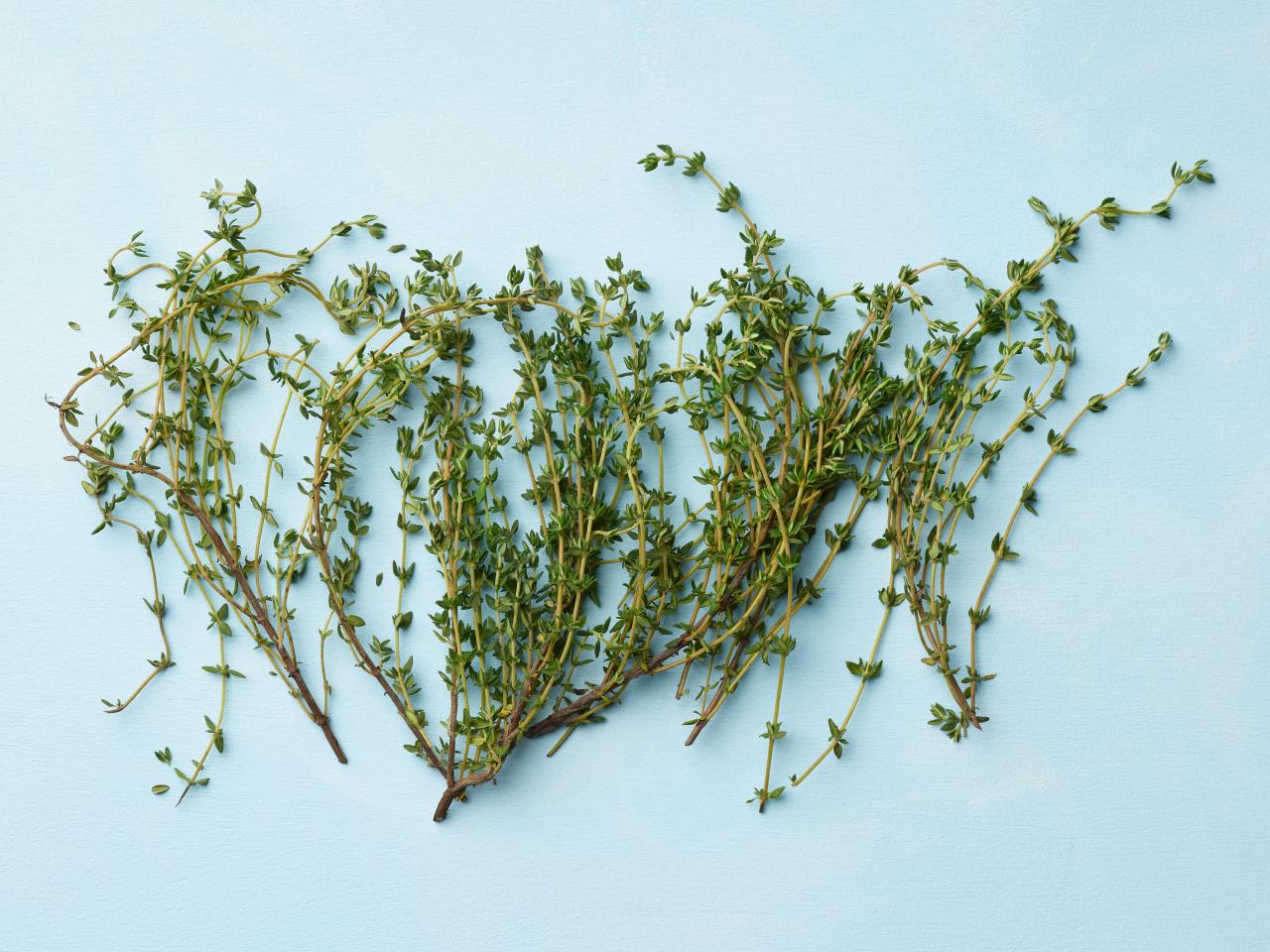

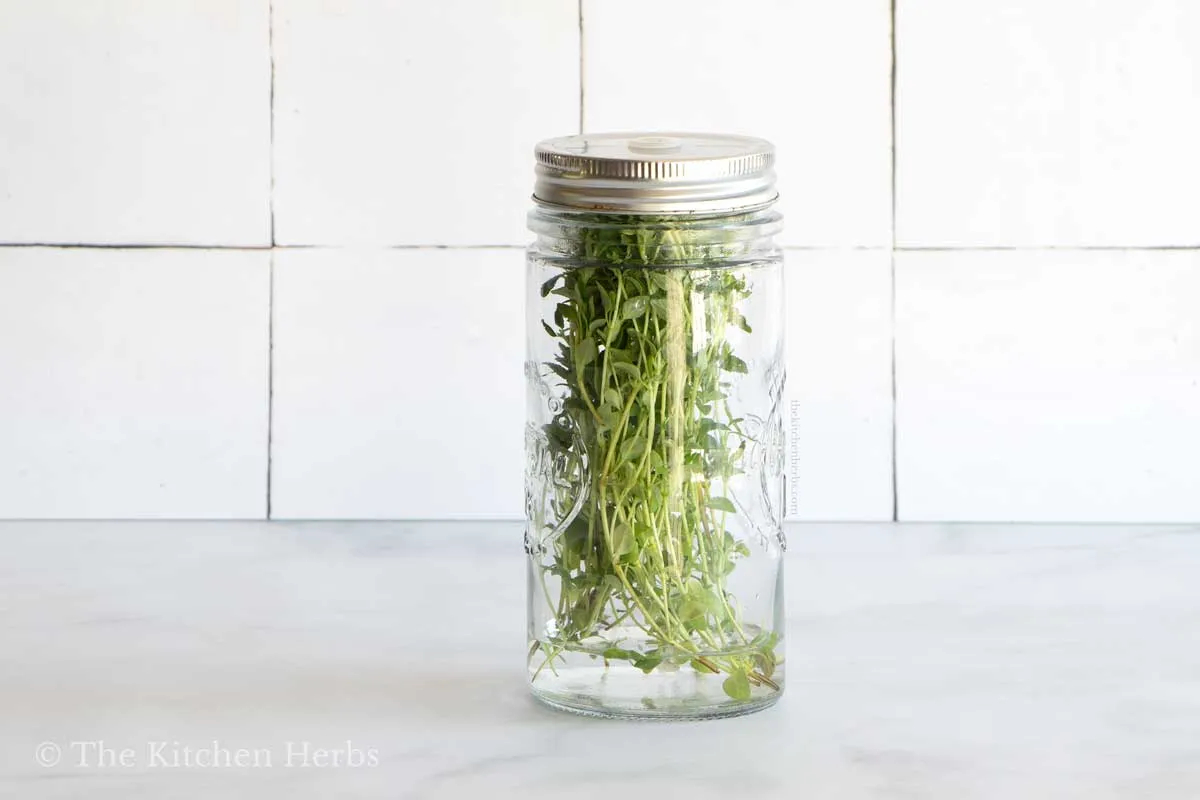

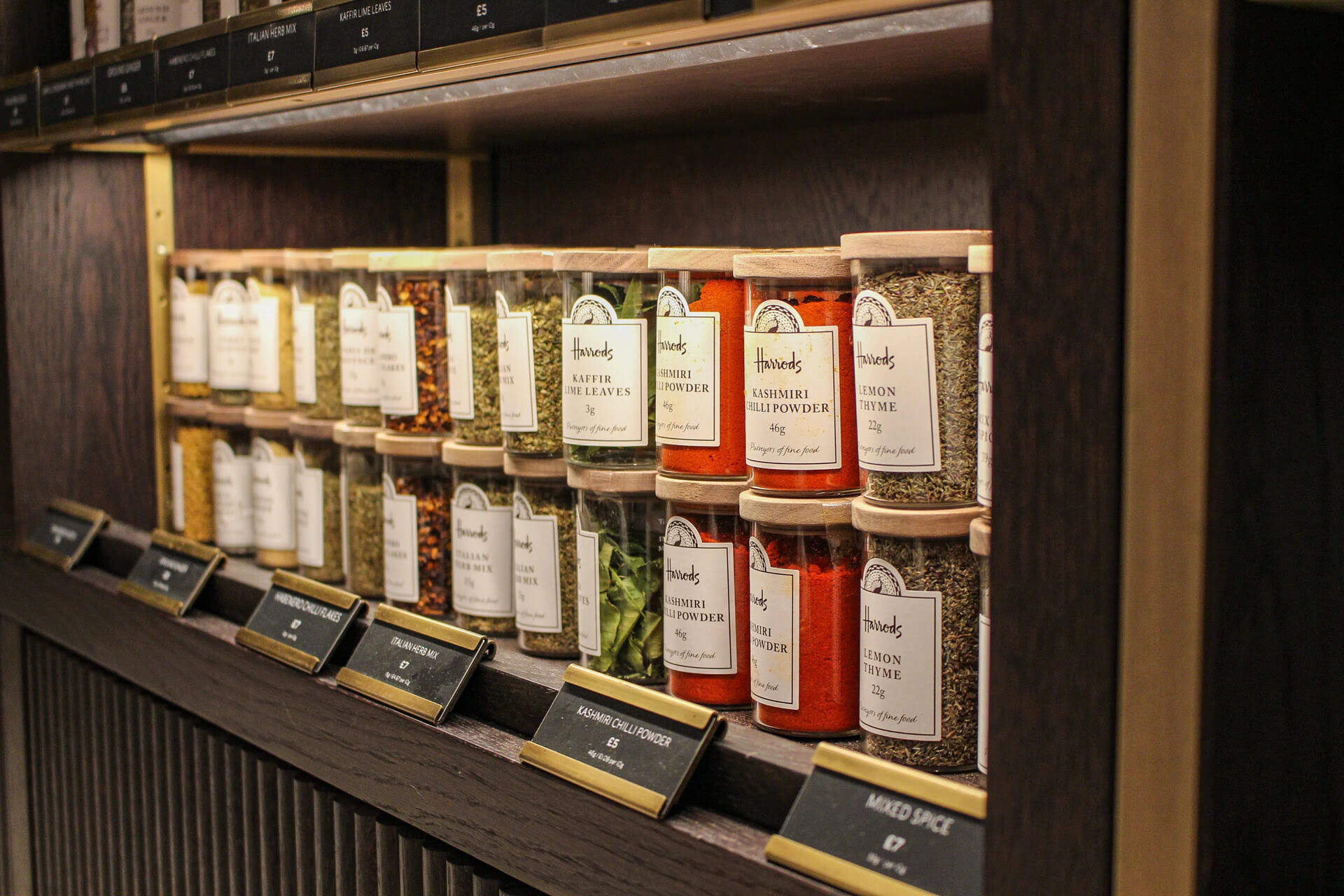

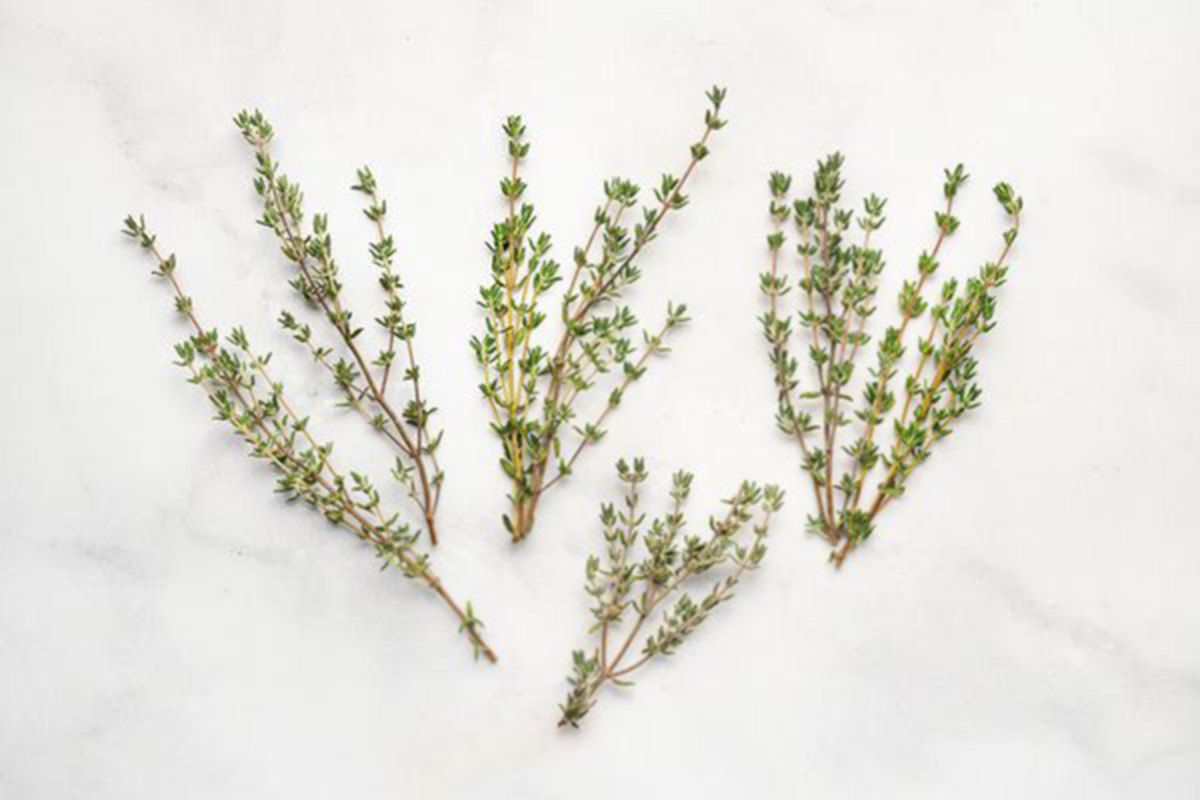
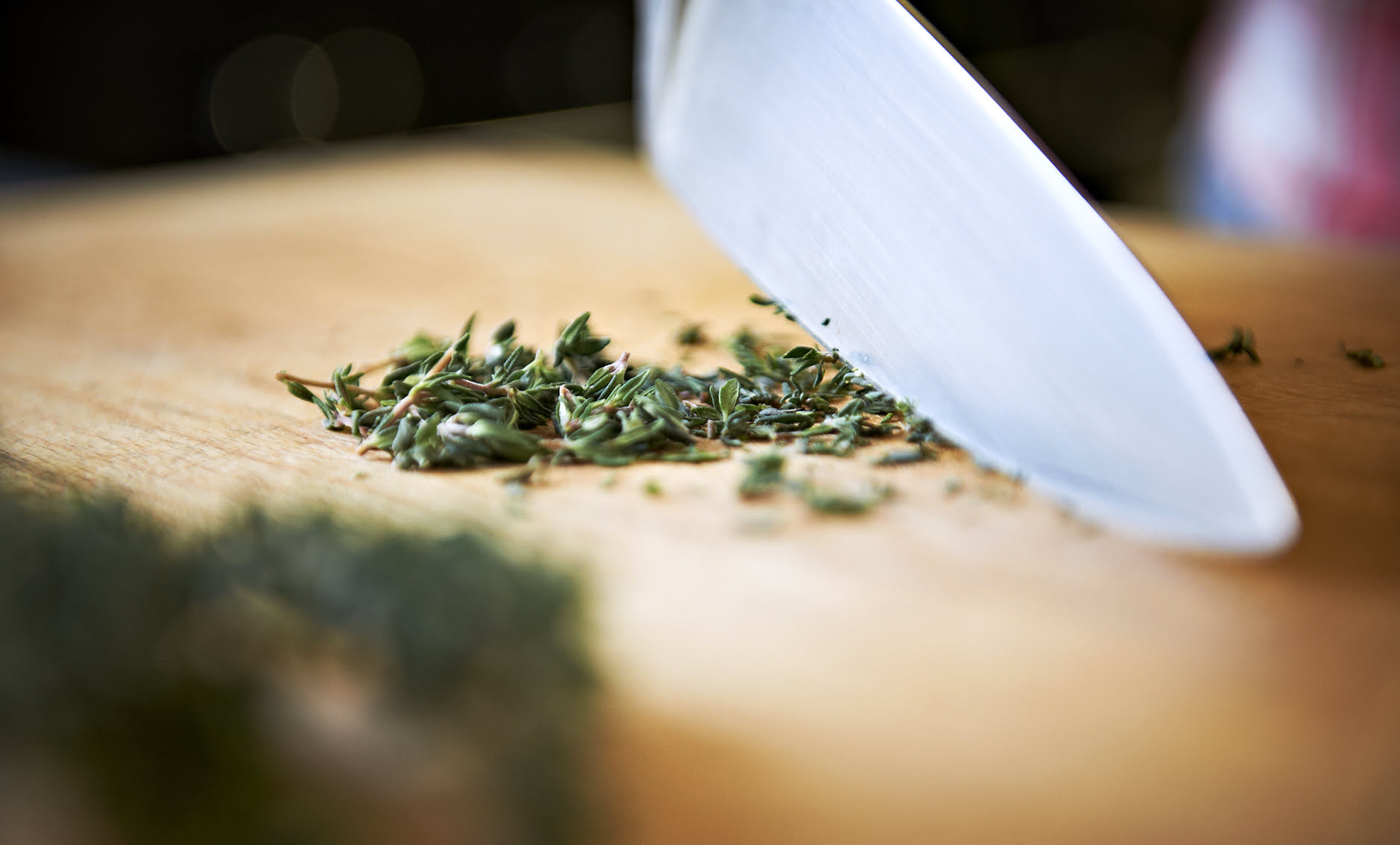
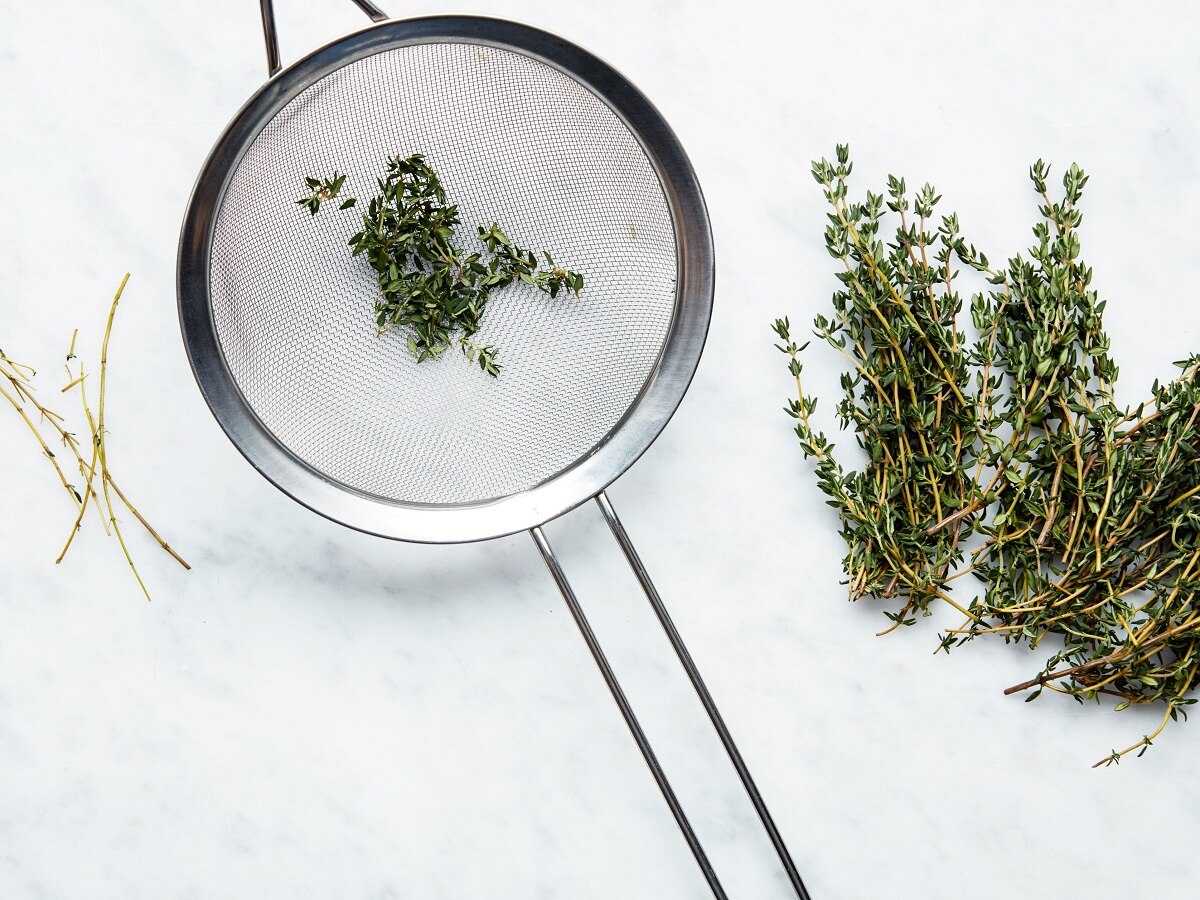
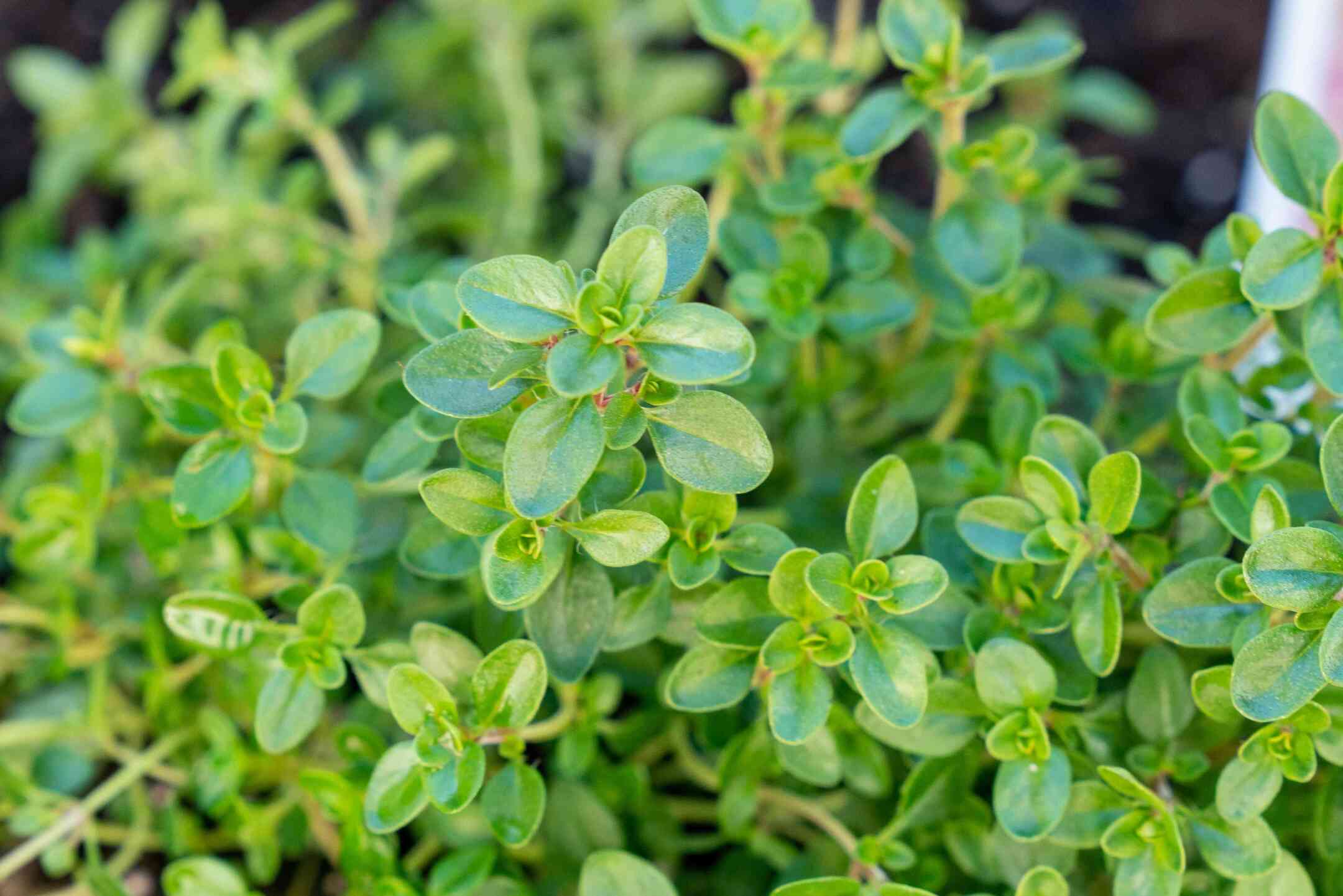

0 thoughts on “How To Store Thyme”